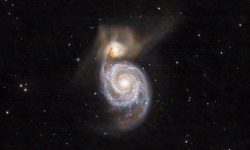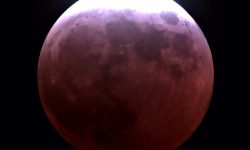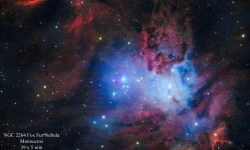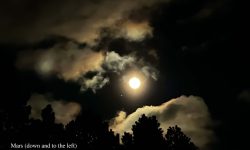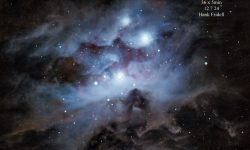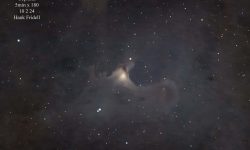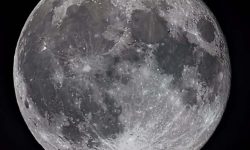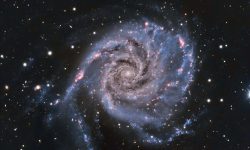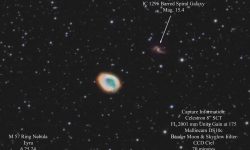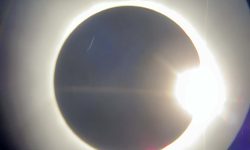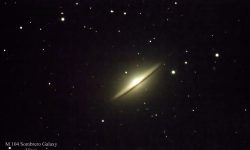May 2025
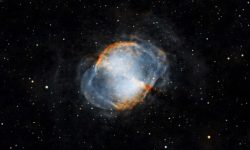
Welcome to Hank’s Astrophotography Blog. Spring in Custer, South Dakota is in full bloom with its rain, wind, sunshine, clouds, snow and a little smoke from the fires in Manitoba. I’ve been imaging with both the 8” Celestron in the Observatory and the Seestar telescopes on the same night. The way it works is I create a script of the images I want the Celestron to capture over the course of the evening, and once it’s dark, I set it in motion and the CCD Ciel software guides the captures until dawn, when it parks the telescope. When I get up in the morning, I slide the roof back over the observatory and begin processing the images. Once I set the CCD Ciel in motion, I’m freed up to get the Seestar set up, aligned and taking photos. When I get tired I pack the telescope back to the house. I’ve been able to do both telescopes on 3 nights this month, and so far things have been running smoothly. One modification I’ve added to the Seestar setup, is that I got a cheap wedge for it, which allows me to turn the Alt/Az captures (the telescope stays vertical while moving up and over to take photos) to equatorial captures (the telescope is tilted back to allow it to track along the arc of the ecliptic). The equatorial (EQ) captures have a couple of advantages, the most important being that the telescope/camera rotates with the object across the sky. This…




